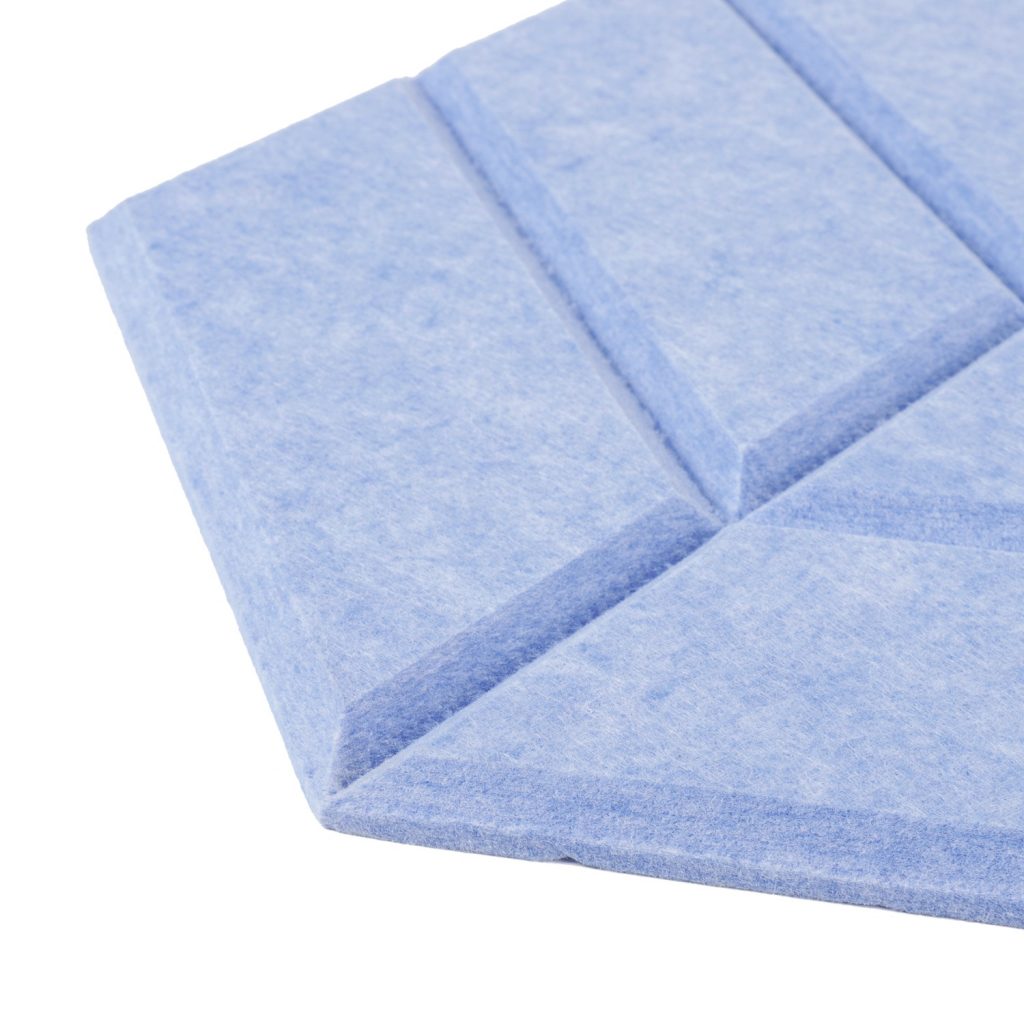
There are a variety of materials that can be used for soundproofing. Some are more common than others, but each has its own benefits and drawbacks. In this post, we’ll take a look at some of the most popular materials for soundproofing, and see what makes them so effective.
- Mass-Loaded Vinyl
Mass-loaded vinyl is a popular soundproofing material that is often used in residential and commercial applications. This material is made from a heavy vinyl film that is filled with a dense filler material, such as barium sulfate or calcium carbonate. Mass-loaded vinyl is effective at blocking both airborne and impact noise and can be used in a variety of applications, such as walls, ceilings, and floors.
Mass-loaded vinyl (MLV) is a common material used for soundproofing. It’s a heavy, dense material that is effective at blocking sounds. MLV is often used to soundproof walls, ceilings, and floors. It can also be used to reduce noise from appliances and machinery. MLV is available in different thicknesses and density levels. The thicker and denser the MLV, the better it will be at blocking sounds. MLV is easy to install and is relatively inexpensive. It’s an effective way to reduce noise levels in your home or office.
- Sound Absorption Panels
Sound absorption panels are another common material for soundproofing that is often used in office spaces and other areas where noise control is important. These panels are typically made from acoustically absorbent materials, such as fiberglass or rockwool, and are designed to absorb sound waves instead of reflecting them. Sound absorption panels are available in a variety of sizes and shapes and can be mounted on walls or ceilings.
If you’re looking to soundproof a room, one of the best things you can do is add some sound absorption panels. These panels are made of a variety of materials, but they all work together to help reduce the amount of noise that comes into a room.
The panels work by absorbing the sound waves before they can bounce around the room and cause echoes. This helps to keep the noise level down and makes it easier for people to hear each other. Sound absorption panels are commonly used in recording studios, offices, and homes. They’re relatively inexpensive and easy to install, so they’re a great option if you’re looking to reduce the amount of noise in your life.
- Soundproofing Foam
Soundproofing foam is a type of acoustical foam that is commonly used to absorb noise in recording studios, offices, and other environments where noise control is important. This foam is typically made from polyurethane or melamine and has a porous structure that absorbs sound waves. Soundproofing foam is available in a variety of colours and thicknesses and can be cut to fit any space.
Soundproofing foam is a type of acoustic foam that is specifically designed to absorb sound waves. The foam is made up of a network of small cells, which trap the sound waves and prevent them from bouncing back. This makes the foam an effective sound barrier, and it can be used in a variety of applications.
For example, soundproofing foam is often used to line the walls of recording studios, to reduce the echo and improve the quality of the recordings. The foam can also be used to line theatre stages, to help prevent noise from bleeding into the audience. In addition, soundproofing foam is often used in industrial settings, to reduce noise pollution and improve worker safety.
